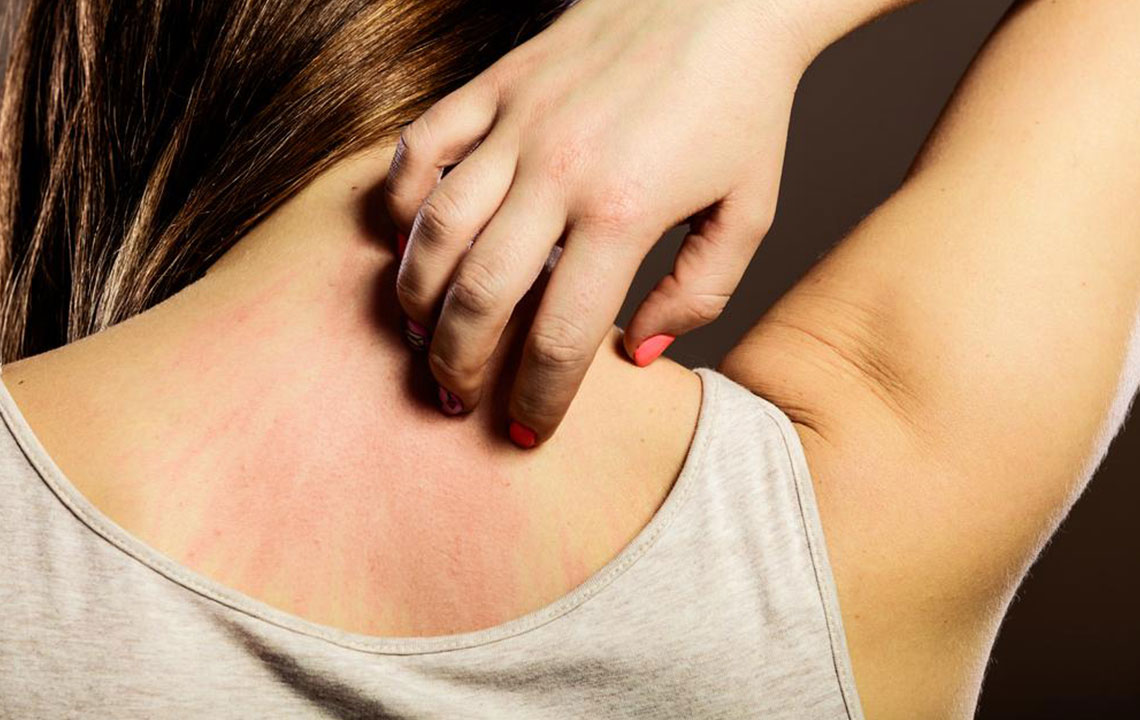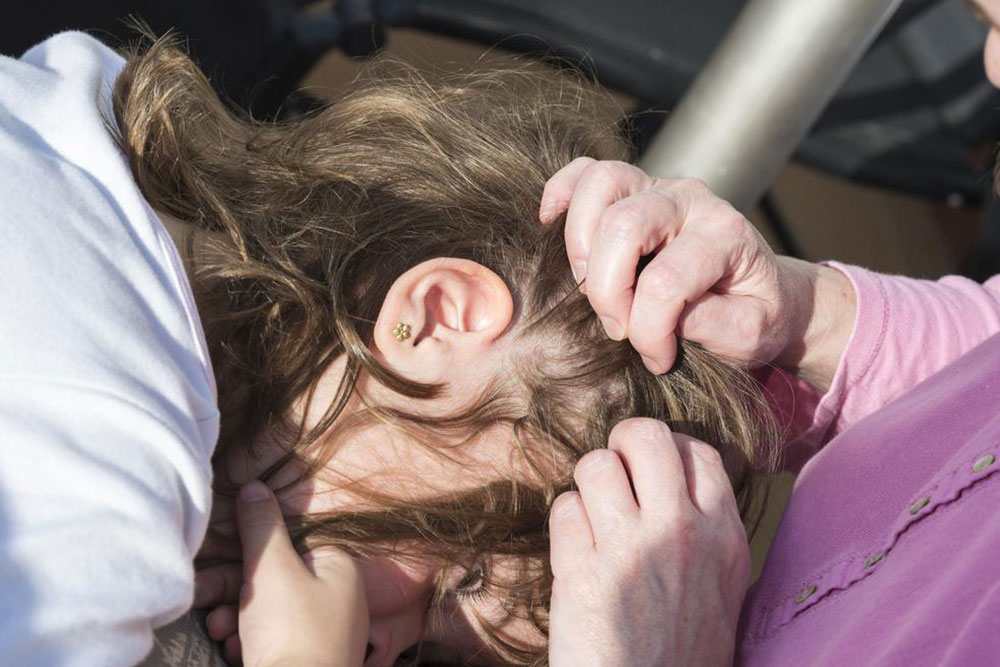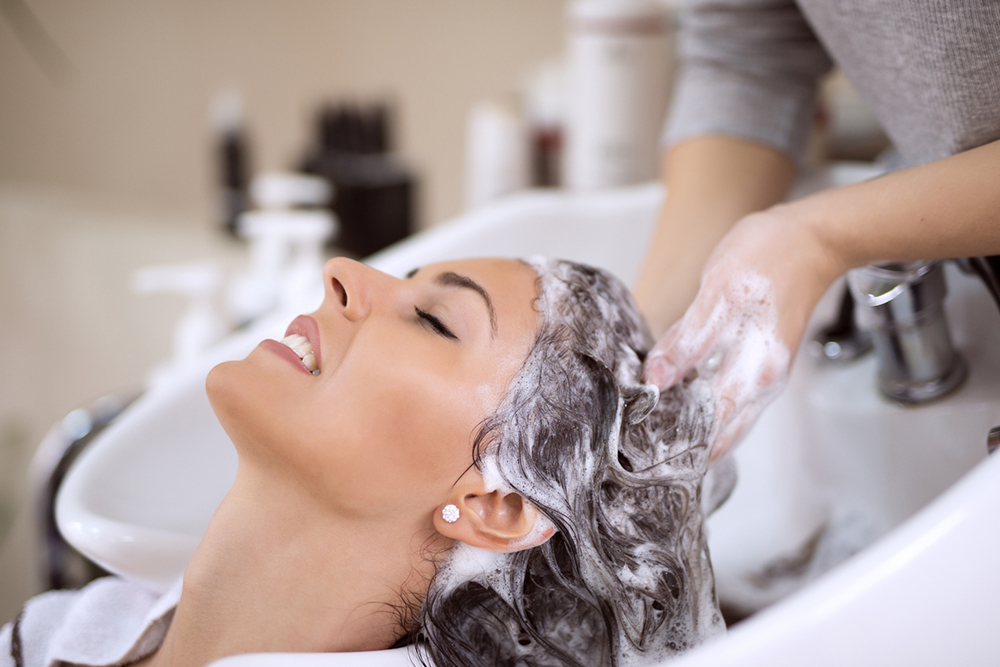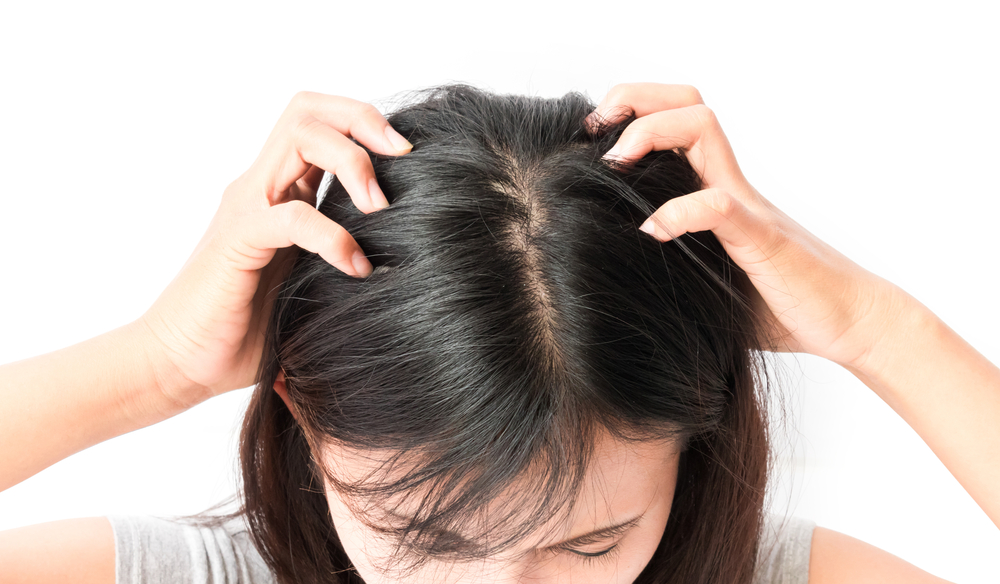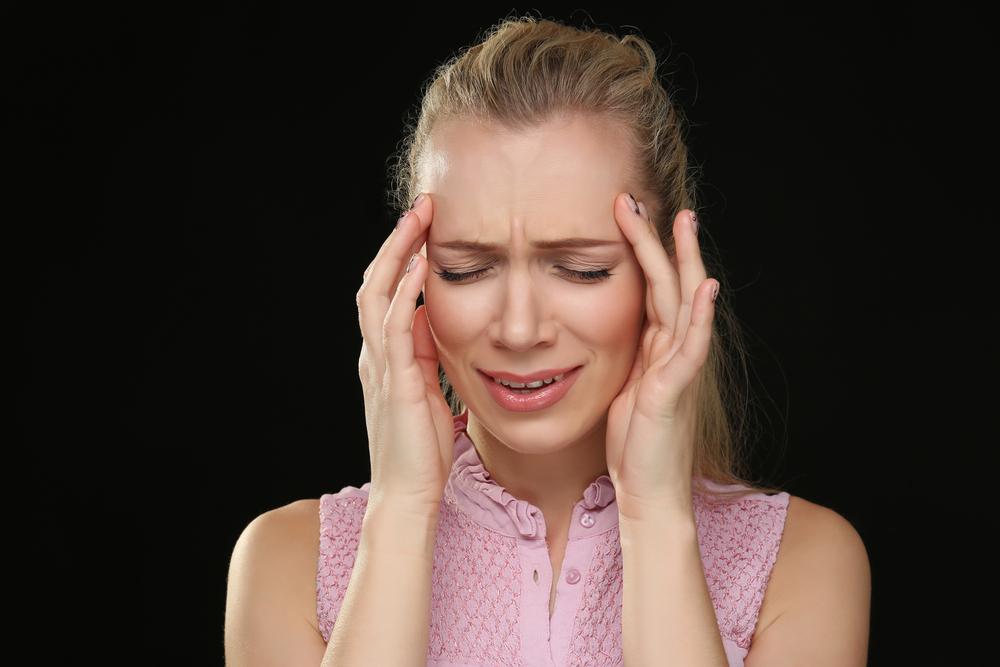Comprehensive Guide to Medical Treatments for Head Lice Removal
This comprehensive guide explores the most effective medical treatments for head lice, including over-the-counter options like permethrin creams and lice shampoos, as well as prescription medications such as benzyl alcohol and malathion lotion. It emphasizes the importance of following proper application procedures, consulting healthcare professionals, and maintaining hygiene practices to prevent reinfestation. Suitable for parents and individuals seeking reliable solutions, this article provides a detailed overview of head lice eradication strategies to ensure safe and effective treatment.
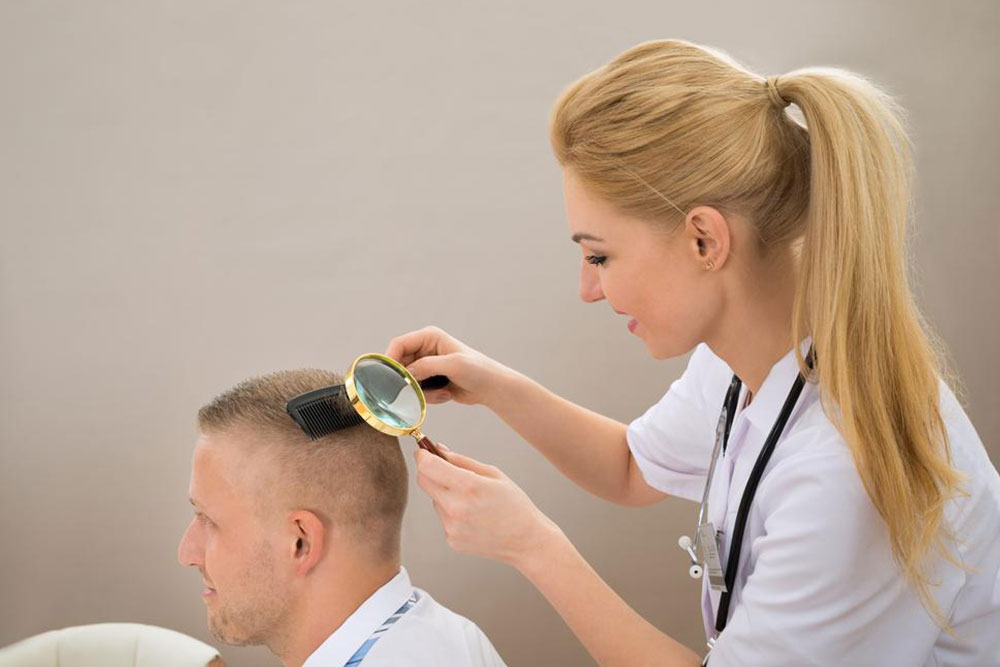
Effective Medical Strategies for Eliminating Head Lice
Head lice infestations are a common problem that can cause significant discomfort and distress, especially among children and their families. Although home remedies are often tried first, they are not always effective, necessitating the use of proven medical treatments. Fortunately, a variety of medical products have been specifically developed to target and eradicate head lice. These treatments can vary from topical formulations to oral medications, providing options suitable for different severity levels and individual health considerations. Understanding these options can help parents and individuals choose the most effective approach for their situation.
Let’s dive into the most popular and effective over-the-counter options for treating head lice:
Permethrin Cream Rinse: One of the most commonly recommended treatments by healthcare professionals is permethrin-based creams, such as Nix. Permethrin is a synthetic chemical that mimics natural insect nerve toxins, effectively paralyzing and killing lice and their eggs. When using a permethrin cream rinse, it’s essential to follow the detailed instructions provided with the product. Typically, you apply the cream to damp hair and scalp, leave it on for at least an hour—often 10 minutes short of an hour, depending on the product—and then rinse thoroughly with water. The residual effect of permethrin can last for over a week, reducing the chance of reinfestation. It’s advisable to check your scalp regularly during this period and repeat the treatment if necessary, especially when eggs (nits) are still visible.
Lice Shampoos: Many lice shampoos are formulated with natural or synthetic insecticides like pyrethrin—derived from chrysanthemum flowers—and piperonyl butoxide, which enhances the effectiveness of pyrethrin. An example is Rid. These shampoos are easy to use during a shower or bath: you typically massage the shampoo into wet hair and scalp, leave it on for approximately 10 minutes, then rinse thoroughly. It is often recommended to repeat this treatment after about nine days to target any newly hatched lice, as the initial treatment may not kill all eggs. Combining the shampoo with a fine-toothed lice comb can significantly improve the chances of completely removing lice and eggs.
Despite the availability of these over-the-counter products, it remains crucial to seek advice from a healthcare professional before beginning treatment—especially if the infestation persists or worsens. Some treatments may have contraindications or side effects, such as skin irritation or allergic reactions, particularly in children or individuals with sensitive skin. Always read and adhere to the product instructions to ensure safety and effectiveness.
In cases where OTC treatments do not yield results, or in more severe infestations, prescription medications are recommended. These are generally more potent and designed to eradicate lice more thoroughly—sometimes necessitating a healthcare provider’s evaluation and prescription:
Benzyl Alcohol: This medication works by suffocating lice and is applied directly to the scalp. It generally requires leaving the treatment on the hair for about ten minutes before rinsing thoroughly. Benzyl alcohol lotion is effective against live lice but does not kill eggs, so follow-up treatments or combing may be necessary until all lice are eradicated.
Malathion Lotion: Malathion is an organophosphate insecticide that effectively kills lice upon contact. It is usually administered through two applications, spaced about 8 to 12 hours apart. During each application, the lotion is applied to dry hair and scalp, left on for the specified period, then rinsed out. The repeated application ensures that newly hatched lice, which may have survived the first treatment, are also eliminated. Malathion is particularly useful for resistant infestations but should be used under medical supervision due to potential side effects and safety precautions.
It’s important to note that while these treatments are effective, proper hair and scalp hygiene, environmental cleaning—such as washing bedding, clothing, and hats—and meticulous combing with a fine-tooth lice comb can complement medical treatments and prevent reinfestation.
Also, consider consulting a healthcare professional for a comprehensive treatment plan, especially when dealing with stubborn or widespread infestations. They can assess the severity and recommend proper protocols, including the use of prescription products or alternative therapies.
In summary, effective management of head lice requires understanding the available treatment options, adhering strictly to instructions, and combining medication with good hygiene practices. By doing so, individuals can successfully eliminate head lice and reduce the risk of future infestations, ensuring comfort and peace of mind for all involved.
